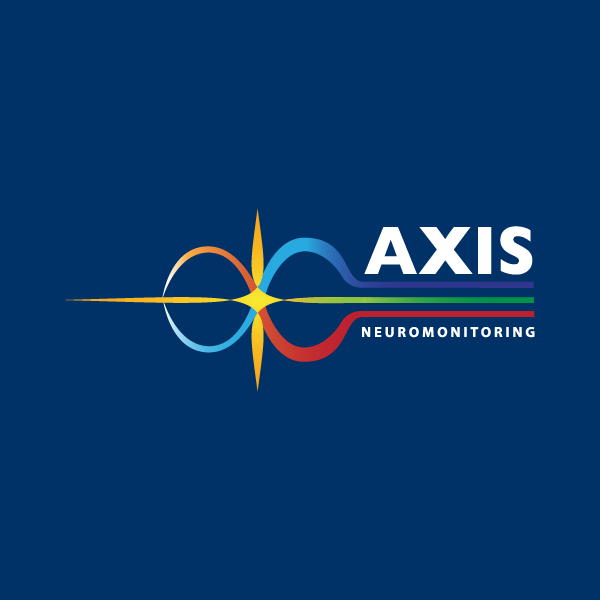Multi-Modality Monitoring in Pediatric Spine Surgery: Why It’s Non-Negotiable
October 24, 2025
When it comes to pediatric spine surgery, precision and protection go hand in hand. Correcting severe spinal deformities like scoliosis or kyphosis requires significant manipulation of the spine and spinal cord, with little room for error. One missed signal can mean permanent neurological damage. That’s why intraoperative neuromonitoring (IONM) — especially multi-modality monitoring — is an essential safeguard for young patients.
Why Pediatric Spine Surgeries Demand More
Procedures like scoliosis corrections often involve realigning the spine with rods and screws spanning multiple levels. These adjustments can place stress on the spinal cord and nerve roots, increasing the risk of stretching, compression, or ischemia. Even highly skilled surgical teams rely on real-time feedback to detect issues as they happen — and act fast to prevent lasting injury.
Why One Modality Isn’t Enough
No single monitoring method can fully protect the spinal cord during complex spine corrections. That’s why experienced surgical teams use a combination of modalities to cover all bases:
- Somatosensory Evoked Potentials (SSEPs): Monitor the integrity of sensory pathways, helping detect spinal cord compromise early.
- Motor Evoked Potentials (MEPs): Provide real-time insight into motor pathway function, flagging potential motor deficits before they occur.
- Electromyography (EMG): Picks up spontaneous nerve root irritation during hardware placement or spinal manipulation.
Together, these tools offer a clearer, more complete picture of how the spinal cord and nerves are responding in real time.
How Multi-Modality Monitoring Makes a Difference
During pediatric spinal correction, a subtle signal change can mean the difference between a safe outcome and a serious complication. For example, if motor signals drop during curve correction, the surgical team can pause, adjust alignment, or reduce traction to relieve stress on the spinal cord. Without this immediate feedback, the problem might only be discovered after surgery — when it’s too late to reverse the damage.
The Result: Safer Surgeries and Better Recoveries
Combining SSEPs, MEPs, and EMG provides layers of protection:
- Early Detection: Subtle changes appear on monitoring long before visible signs of injury.
- Immediate Action: Surgeons can adapt techniques in the moment to keep neural structures safe.
- Better Outcomes: Reduces the risk of permanent deficits, additional surgeries, or prolonged recovery.
Setting the Standard for Pediatric Spine Care
When children undergo spine surgery, families trust that no corner will be cut on safety. Comprehensive, multi-modality IONM ensures surgical teams have every tool they need to protect young patients and achieve the best possible outcomes.
For more insights on how IONM can enhance your surgical outcomes, contact our team today.
References:
https://pmc.ncbi.nlm.nih.gov/articles/PMC2072891/
https://pubmed.ncbi.nlm.nih.gov/37864125/



